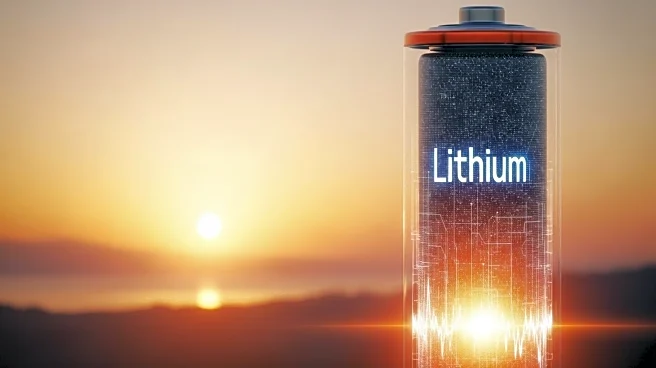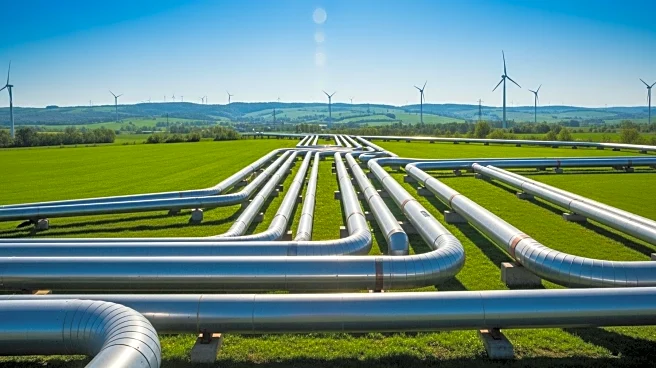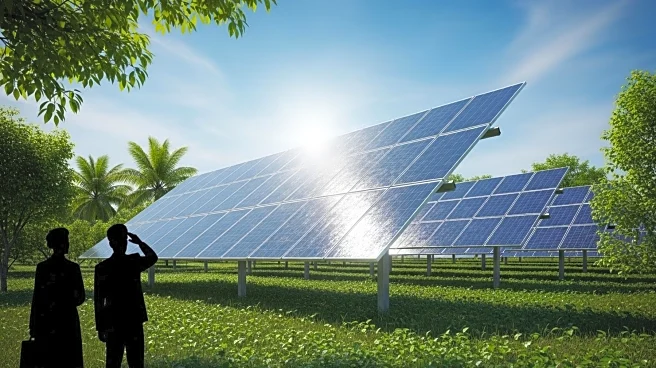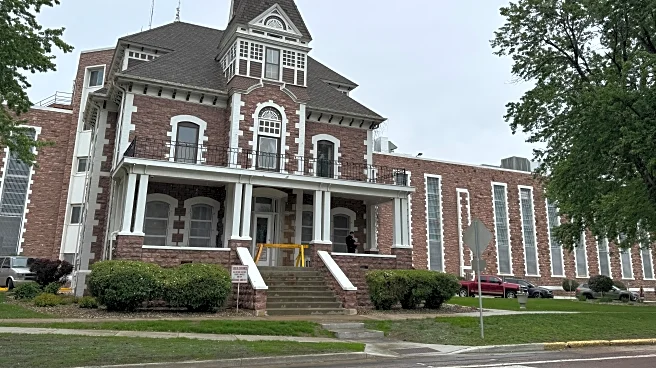What's Happening?
Summit Carbon Solutions is encountering significant obstacles in its plan to construct a 2,000-mile carbon dioxide pipeline across five states, primarily due to South Dakota's law against using eminent domain. The pipeline aims to transport 18.5 million tons of carbon dioxide annually to North Dakota. David Owen, former president of the South Dakota Chamber of Commerce, highlighted the difficulty of securing voluntary easements for the entire pipeline route. The project also requires a permit from South Dakota's Public Utilities Commission. Opposition to the pipeline stems from both environmental groups and property owners, who have teamed up to challenge the use of eminent domain. The opposition is described as 'horseshoe politics,' where both far-left and far-right groups converge in their resistance to the project.
Why It's Important?
The development of the Summit pipeline is crucial for capturing carbon emissions from ethanol plants, which could significantly impact the energy sector and environmental policy. The opposition to the pipeline reflects broader political and social tensions regarding government overreach and environmental concerns. If the pipeline is unable to proceed, it could hinder efforts to reduce carbon emissions and affect the economic prospects of regions relying on ethanol production. The situation also highlights the complexities of balancing energy development with property rights and environmental protection.
What's Next?
The future of the Summit pipeline remains uncertain as the company seeks to navigate legal and regulatory challenges. North Dakota's Attorney General is exploring legal options to contest South Dakota's eminent domain restrictions. The outcome of these efforts could set precedents for similar projects and influence energy policy across the region. Stakeholders, including political leaders and environmental groups, are likely to continue their advocacy and opposition, shaping the discourse around energy infrastructure development.
Beyond the Headlines
The debate over the Summit pipeline underscores the ethical and legal dimensions of using eminent domain for private projects. It raises questions about the rights of landowners versus the public good and the role of government in facilitating or hindering energy projects. The situation may also influence future legislative actions regarding eminent domain and environmental regulations.











